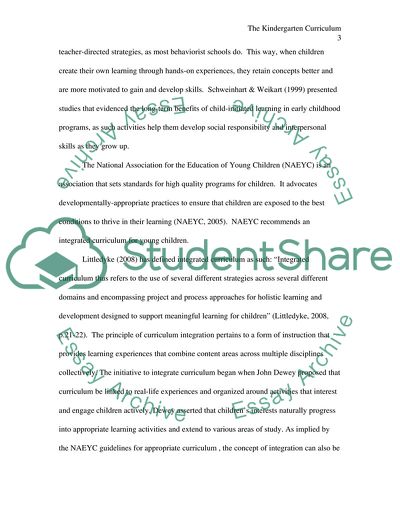Cite this document
(The Kindergarten Curriculum Research Paper Example | Topics and Well Written Essays - 2500 words, n.d.)
The Kindergarten Curriculum Research Paper Example | Topics and Well Written Essays - 2500 words. Retrieved from https://studentshare.org/social-science/1735766-kindergarden-curriculum
The Kindergarten Curriculum Research Paper Example | Topics and Well Written Essays - 2500 words. Retrieved from https://studentshare.org/social-science/1735766-kindergarden-curriculum
(The Kindergarten Curriculum Research Paper Example | Topics and Well Written Essays - 2500 Words)
The Kindergarten Curriculum Research Paper Example | Topics and Well Written Essays - 2500 Words. https://studentshare.org/social-science/1735766-kindergarden-curriculum.
The Kindergarten Curriculum Research Paper Example | Topics and Well Written Essays - 2500 Words. https://studentshare.org/social-science/1735766-kindergarden-curriculum.
“The Kindergarten Curriculum Research Paper Example | Topics and Well Written Essays - 2500 Words”, n.d. https://studentshare.org/social-science/1735766-kindergarden-curriculum.


